Archive
Wolf Suschitzky
- Wolf
- Suschitzky
- 29-08-1912
- Vienna (AT)
- 07-10-2016
- London (GB)
- PhotographerCinematographer
The Viennese Wolf Suschitzky made a career as a photographer and cinematographer after emigrating to London in 1935.
Word Count: 17
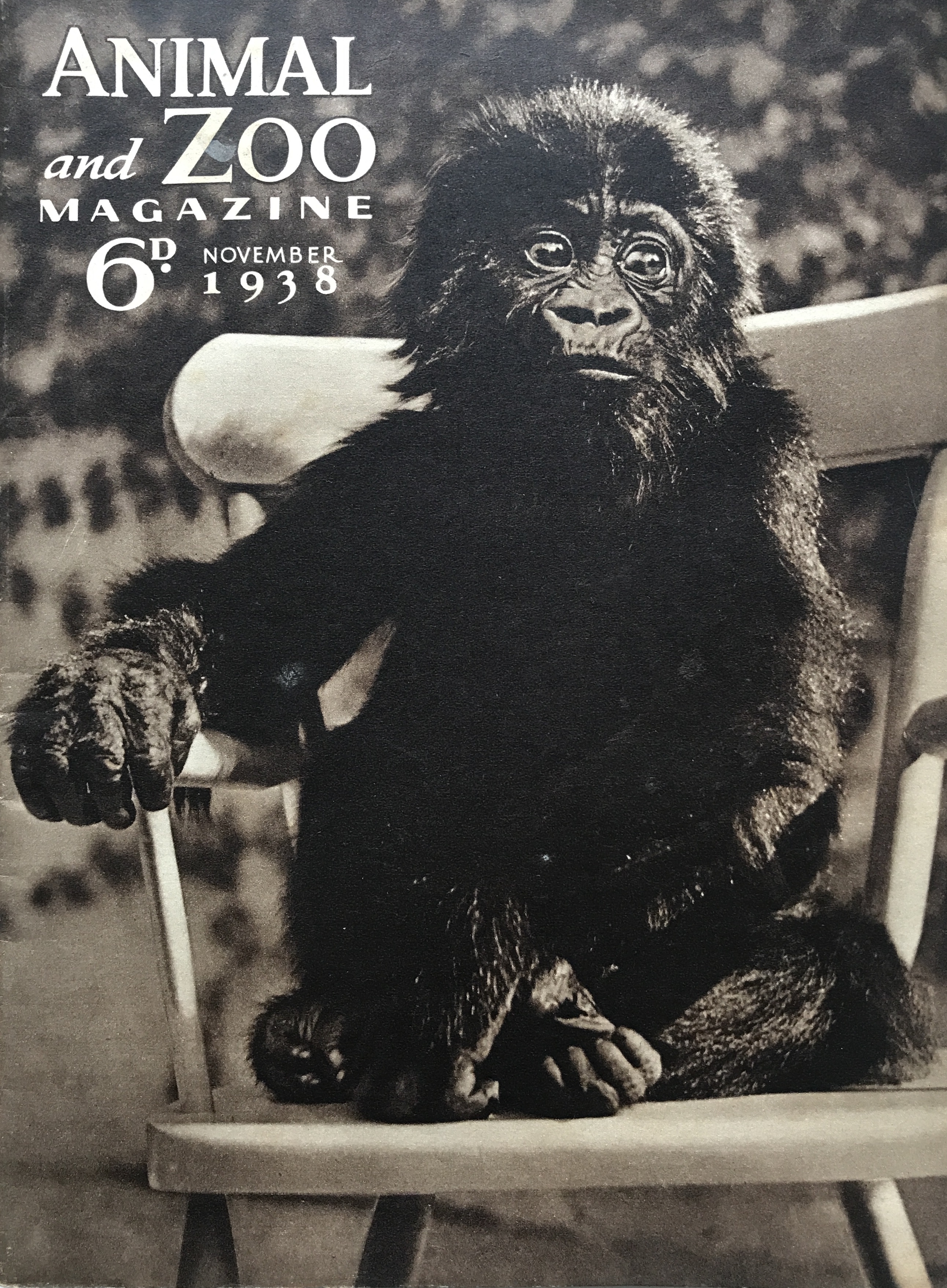
Animal and Zoo Magazine, vol. 3, no. 6, 1938, cover photograph by Wolf Suschitzky (© The Estate of Wolfgang Suschitzky). 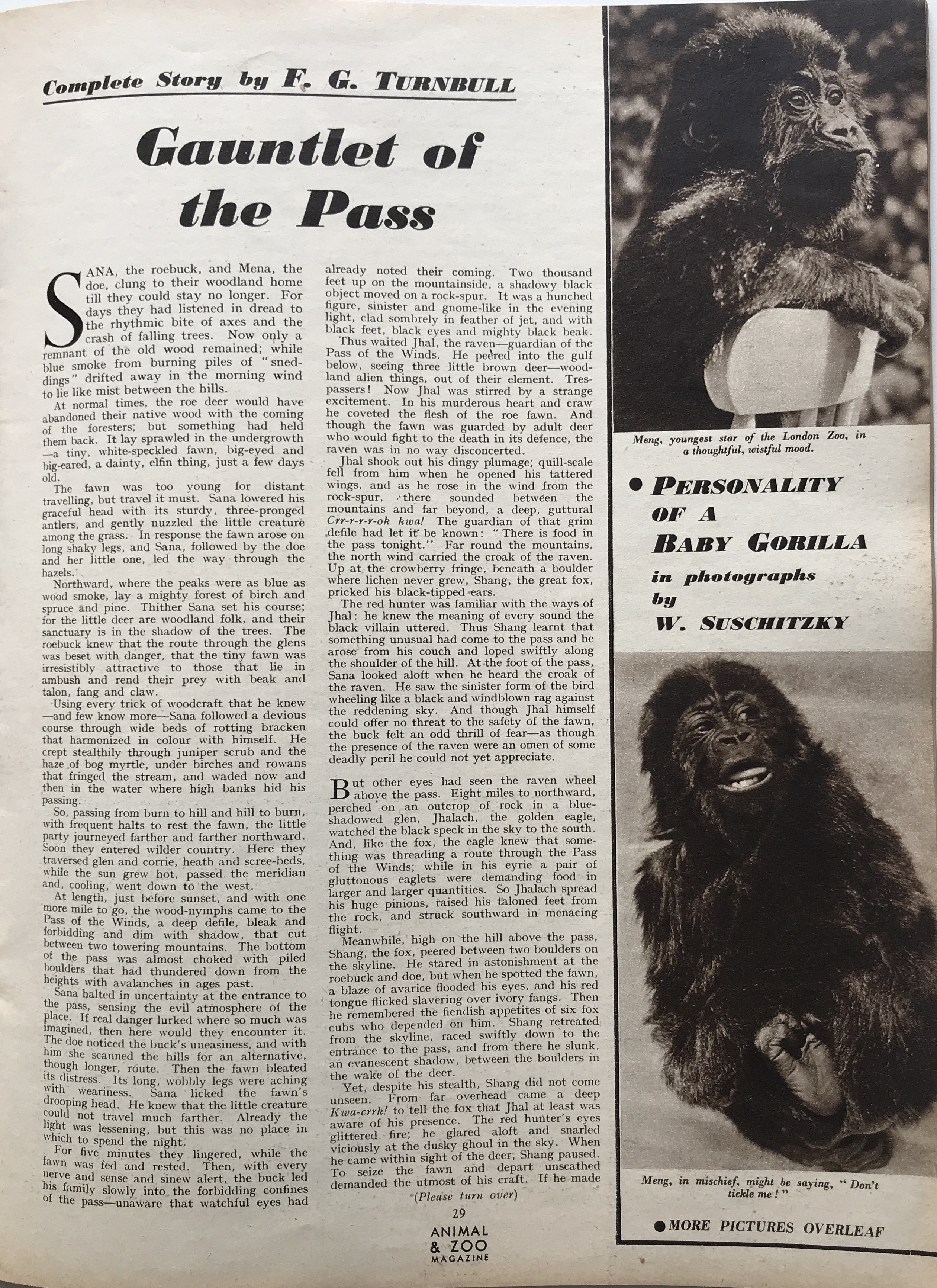
Animal and Zoo Magazine, vol. 3, no. 6, 1938, p. 29 with photographs by Wolf Suschitzky (© The Estate of Wolfgang Suschitzky). 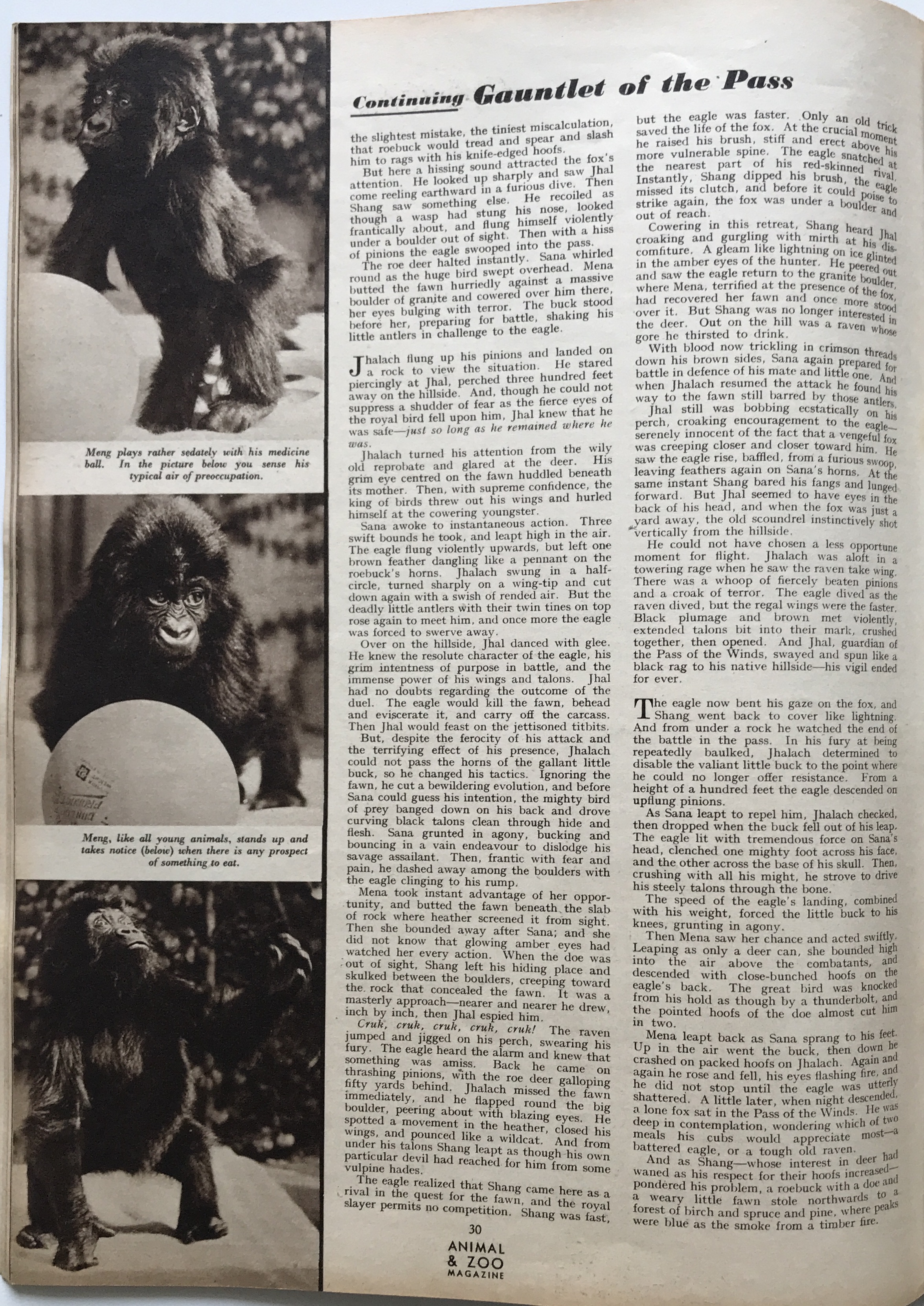
Animal and Zoo Magazine, vol. 3, no. 6, 1938, p. 30 with photographs by Wolf Suschitzky (© The Estate of Wolfgang Suschitzky). 
Animal and Zoo Magazine, vol. 3, no. 2, 1938, pp. 14–15 with photographs by Wolf Suschitzky (© The Estate of Wolfgang Suschitzky). 
Wolf Suschitzky (photographs) and Julian Huxley (text). Kingdom of the Beasts. Thames and Hudson, 1956, pp. 84–85 (© The Estate of Wolfgang Suschitzky). 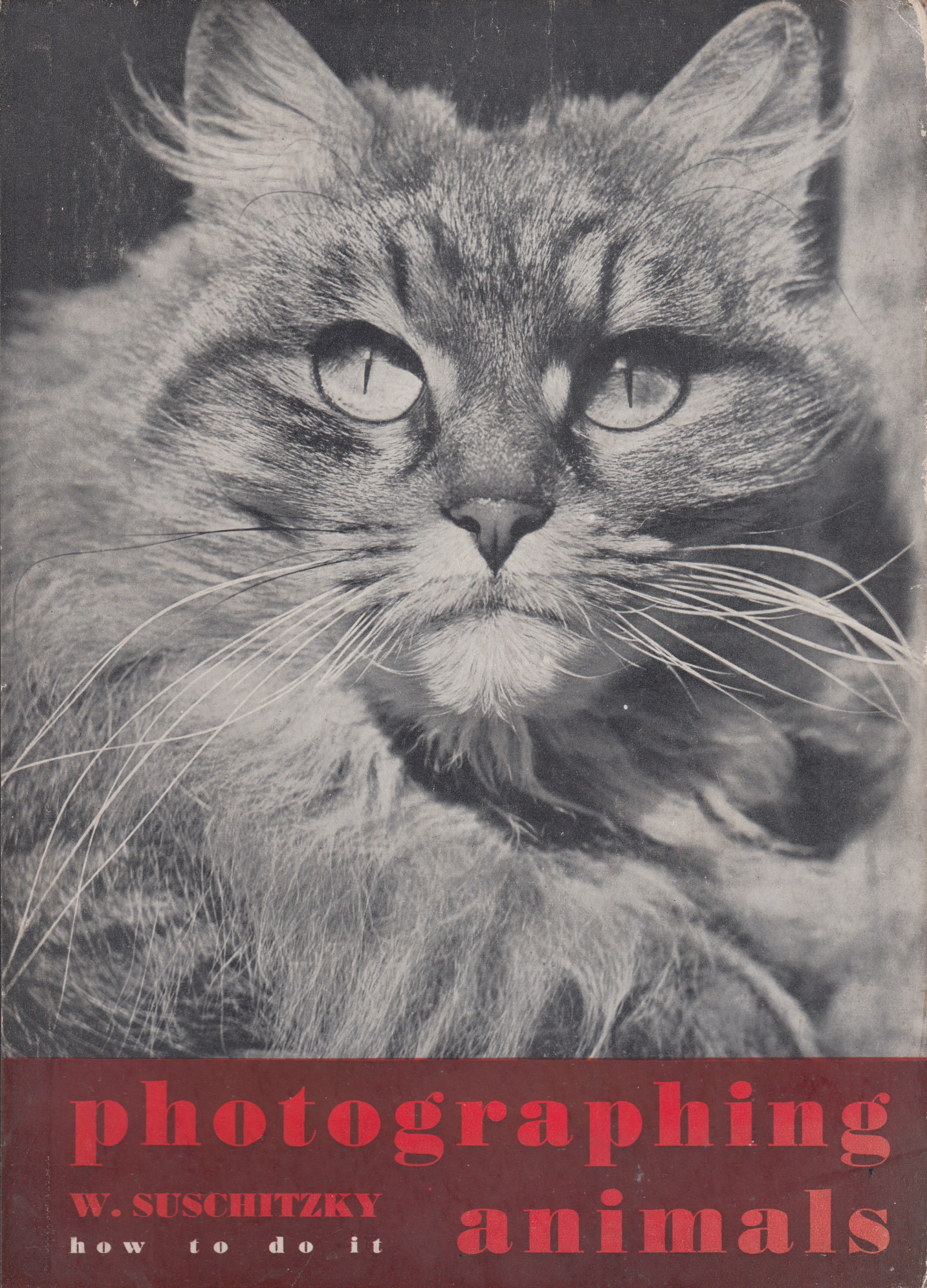
Wolf Suschitzky. Photographing Animals. The Studio, 1941, cover (© Estate of Wolfgang Suschitzky). 
Wolf Suschitzky. Photographing Animals. The Studio, 1941, p. 21 (© Estate of Wolfgang Suschitzky). 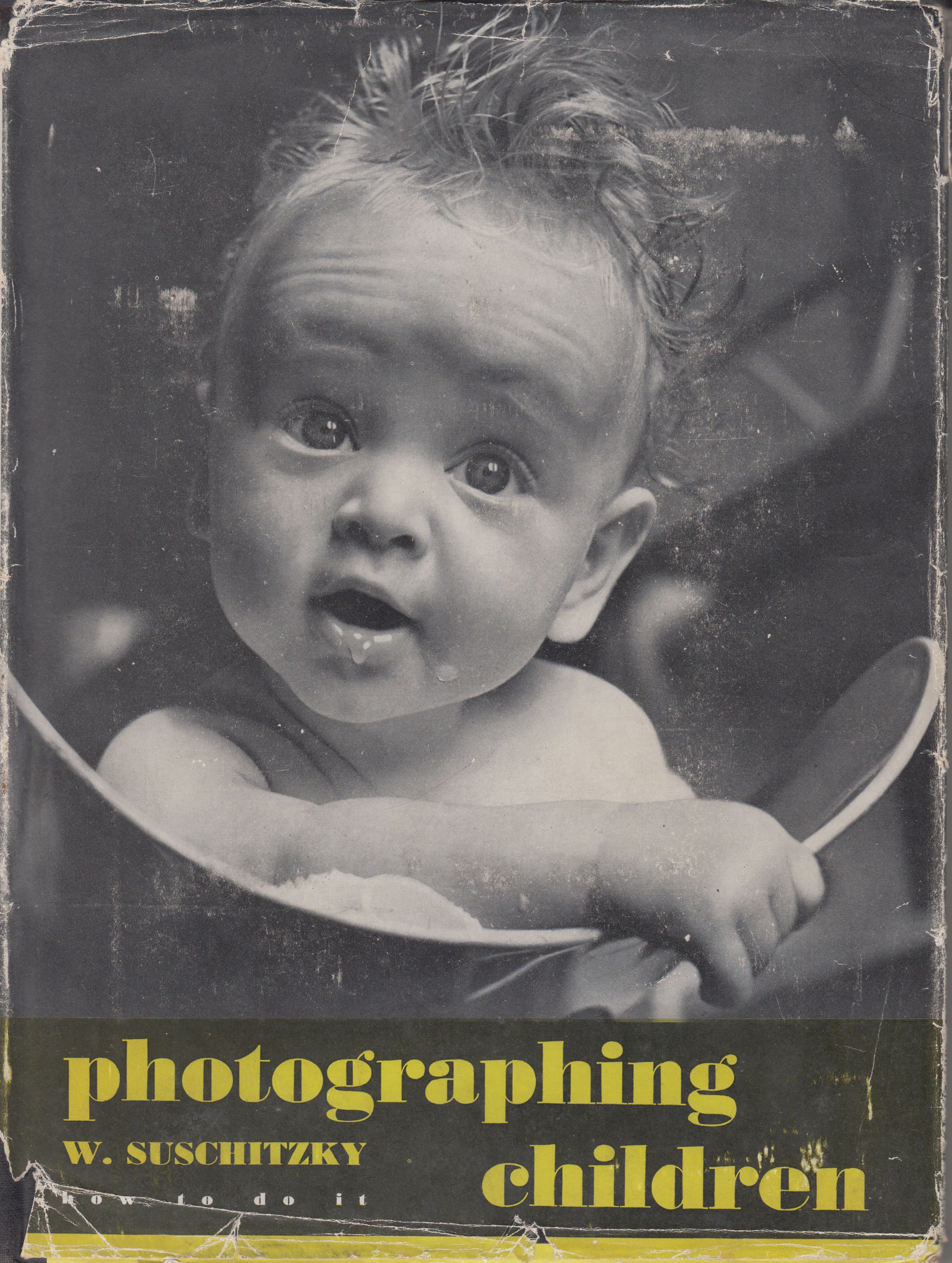
Wolf Suschitzky. Photographing Children. The Studio, 1940, cover (© Estate of Wolfgang Suschitzky). 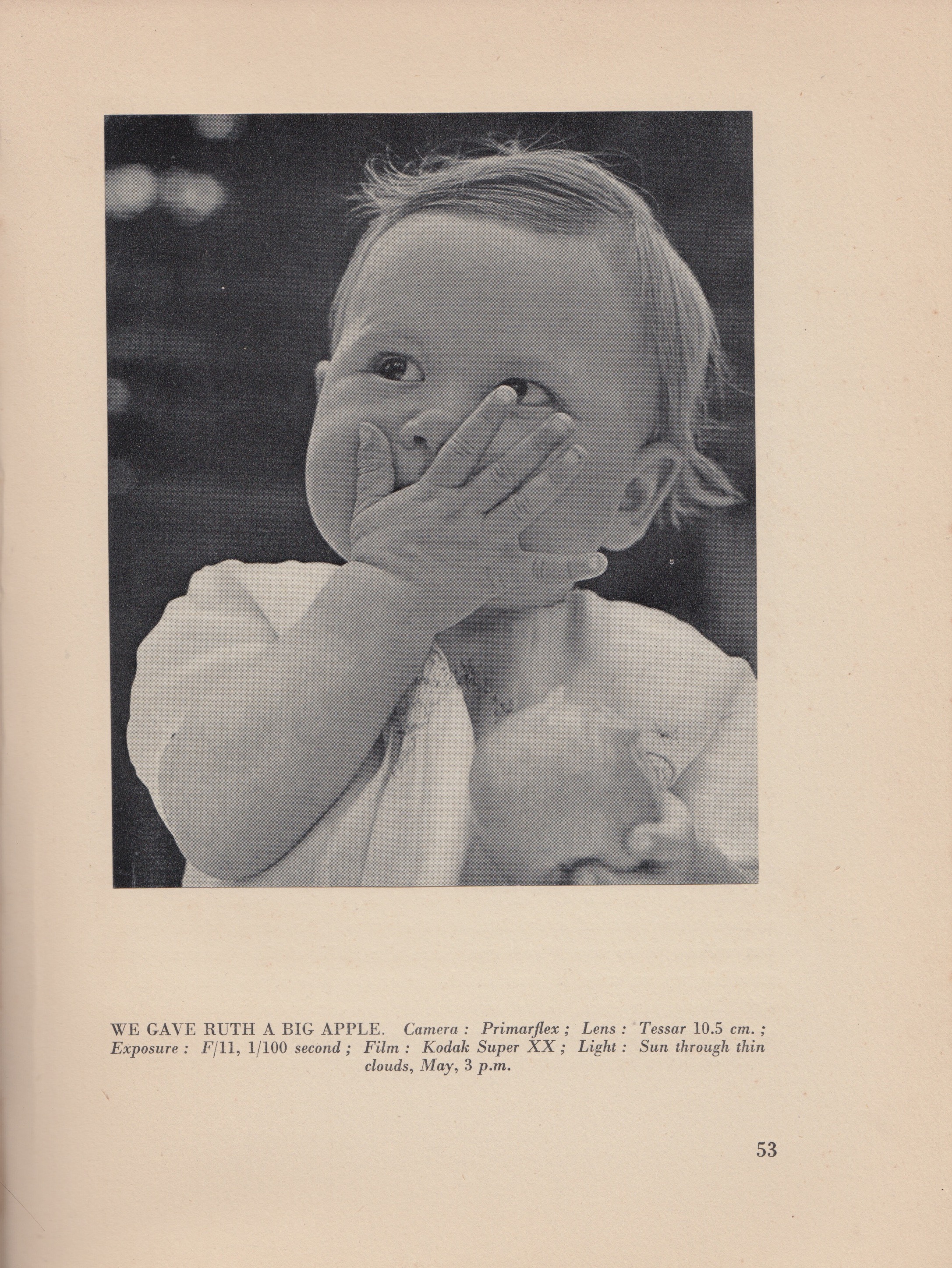
Wolf Suschitzky. Photographing Children. The Studio, 1940, p. 53 (© Estate of Wolfgang Suschitzky). 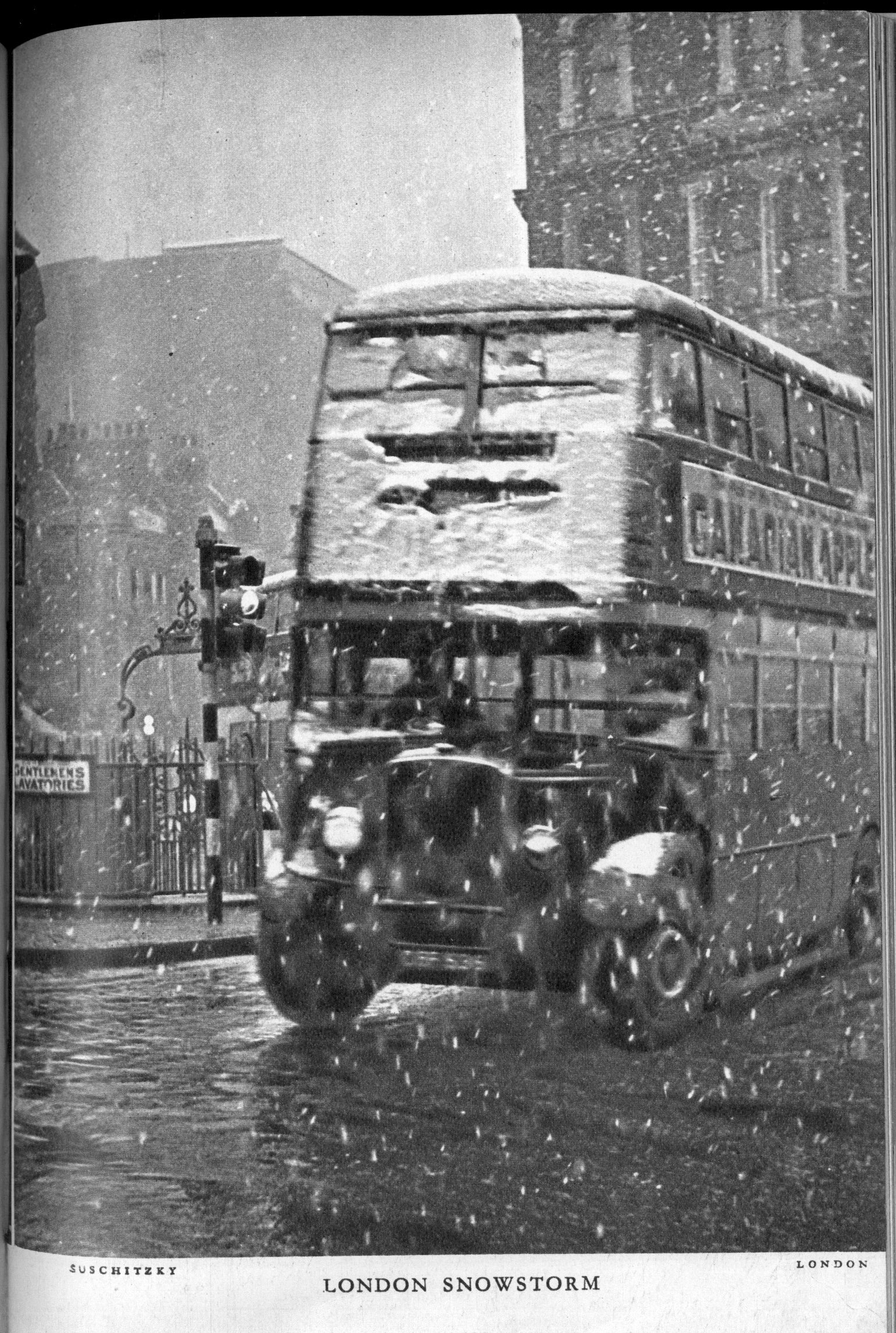
Lilliput, vol. 6, 1940, p. 311: “London Snowstorm”, photo: Wolf Suschitzky (© The Estate of Wolfgang Suschitzky). Auer, Anna. “No Resting Place. Encounter with Wolf Suschitzky / No Resting Place. Begegnungen mit Wolf Suschitzky.” Wolf Suschitzky Photos, edited by Michael Omasta et al., Synema, 2006, pp. 8–15.
Barrington-Johnson, J. The Zoo. The Story of the London Zoo. Robert Hale, 2005.
Forbes, Duncan. “Wolf Suschitzky in Vienna and London. Photographic Exchange and Continuity / Wolf Suschitzky in Wien und London. Kontinuität und Transfer in der Fotografie.” Wolf Suschitzky Photos, edited by Michael Omasta et al., Synema, 2006, pp.16–29.
Gernsheim, Helmut. The Man Behind the Camera. The Fountain Press, 1948.
Hall, Norman, and Basil Burton, editors. Great Photographs, vol. 1: Suschitzky. Photography, 1955.
Omasta, Michael, et al., editors. Wolf Suschitzky Photos. Synema, 2006.
Omasta, Michael, et al., editors. Wolf Suschitzky. Films. Synema, 2010.
Omasta, Michael, and Brigitte Mayr, editors. Wolf Suschitzky: Seven Decades of Photography. Synema, 2014.
Osman, Colin. “Der Einfluß deutscher Fotografen im Exil auf die britische Pressefotografie.” Kunst im Exil in Großbritannien 1933–1945, exh. cat. Neue Gesellschaft für bildende Kunst, Berlin, 1986, pp. 83–87.
Schreiner, Peter, et al., editors. Wolf Suschitzky – Work. Fotohof edition, 2020.
Suschitzky, Wolf. Photographing Children (How to do it series, 26). The Studio, 1940.
Suschitzky, Wolf. Photographing Animals (How to do it series, 29). The Studio, 1941.
Suschitzky, Wolf. Faithfully ours. Cats and Dogs. Text by Cécile Smythe. Jarrold & Sons, 1950.
Suschitzky, Wolf. Animal Babies. Thames & Hudson, 1957.
Suschitzky, Wolf, and Raphael Samuel. Charing Cross Road in the Thirties (Photo-Library, 9). Dirk Nishen, 1989.
Suschitzky, Wolf. “A Short Autobiography of a Long-lived Photographer / Kurze Autobiografie eines langlebigen Fotografen.” Wolf Suschitzky Photos, edited by Michael Omasta et al., Synema, 2006, pp. 194–205.
Suschitzky, Wolf and Julian Huxley. Kingdom of the Beasts. Thames & Hudson, 1956.
Winckler, Julia. “Gespräch mit Wolfgang Suschitzky, Fotograf und Kameramann, London 2001/2002.” Exilforschung. Ein internationales Jahrbuch, vol. 21: Film und Fotografie, edited by Claus Dieter-Krohn et al., edition text + kritik, 2003, pp. 254–279.
Winckler, Julia. “‘Quite content to be called a good craftsman’ – an Exploration of some of Wolf Suschitzky’s Extensive Contributions to the Field of Applied Photography between 1935 and 1955.” Applied Arts in British Exile from 1933. Changing Visual and Material Culture (The Yearbook of the Research Centre for German and Austrian Exile Studies, 19), edited by Marian Malet et al., Brill/Rodopi, 2019, pp. 67–92.
Word Count: 349
My deepest thanks go to Peter Suschitzky who gave me permission to reproduce the works of Wolf Suschitzky.
Word Count: 18
London, GB (1935–2016).
Douglas House, 6 Maida Avenue, Little Venice, London W2.
- London
- Burcu Dogramaci. "Wolf Suschitzky." METROMOD Archive, 2021, https://archive.metromod.net/viewer.p/69/1470/object/5138-11267188, last modified: 20-06-2021.
-
Edith Tudor-HartPhotographerLondon
The Viennese photographer Edith Tudor-Hart emigrated to England in 1933 and made a name with her photographs focusing on questions of class, social exclusion and the lives of marginalised people.
Word Count: 29
Julian HuxleyZoologistPhilosopherWriterLondonJulian Huxley was the director of London Zoo from 1935 to 1942 and worked closely with emigrant photographers, artists and architects, including Berthold Lubetkin, Erna Pinner and Wolf Suschitzky.
Word Count: 27
LilliputMagazineLondonThe magazine Lilliput, founded by the émigré journalist Stefan Lorant in 1937, gave work to emigrated artists and photographers such as Kurt Hutton, Walter Suschitzky, Walter Trier and Edith Tudor-Hart.
Word Count: 29
Die ZeitungNewspaperLondonFrom 1941 to 1945, the émigré German-language newspaper Die Zeitung was published in London, reporting on the war on the continent and on the situation in Germany.
Word Count: 25
Focus on Architecture and SculptureBookLondonFocus on Architecture and Sculpture by émigré photographer Helmut Gernsheim brought together his work and experience as a photographer for the National Buildings Record (NBR).
Word Count: 25
Thames & HudsonPublishing HouseLondonThe emigrants Eva Feuchtwang (later Eva Neurath) and Walter Neurath founded the Thames & Hudson publishing house in 1949, which published art history books, photo books and collection catalogues.
Word Count: 28